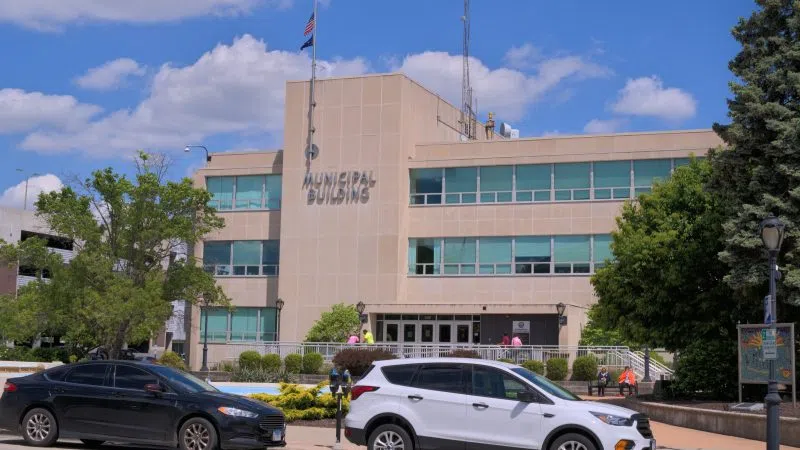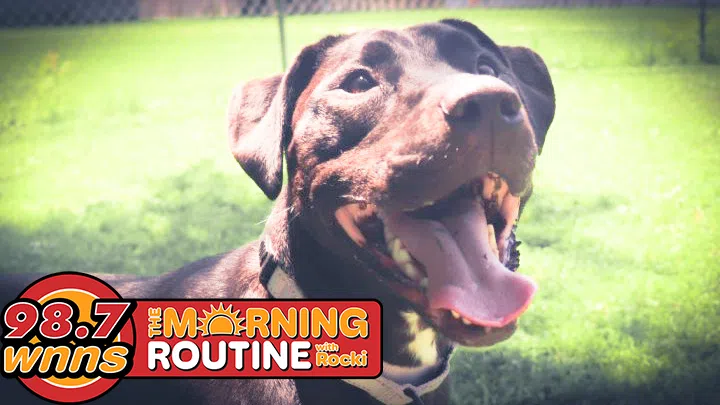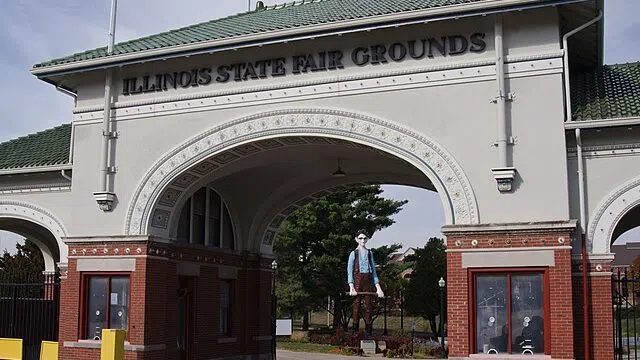Sports video games essentially take one of two directions: An attempt to be as realistic as possible, bounded only by the technological limitations of the day, to appeal to true fans of the sport and hardcore gamers . . . or an attempt to capture the essence of a sport in a more cartoonish way to appeal to a broader audience but not the bellwether fans.
There are few sports games that were ever more in the latter category than “NBA Jam” . . . and also few sports games as successful in their time and enduringly influential. In fact, NBA Jam proved the viability of the entire cartoonish sports game category. “NBA Jam” was really the second-to-last runaway arcade hit, well, ever.
(“Dance Dance Revolution” would be the final one, unless something really strange happens.)
The game took the top NBA players from every team (plus a sprinkling of charming randos like Mike Iuzzolino, Blue Edwards, and Brad Lohaus) and put them in raucous two-on-two games featuring flipping dunks, flying elbows, flaming basketballs, and, if you put in the right cheat code, oversized heads.
Players couldn’t get enough. There was close to nothing realistic about the game, but it was so damn fun, people preferred it to any previous attempts to translate basketball to video games. It put games like “Double Dribble” and “Tecmo NBA Basketball” to shame, even if both were good games, especially in their time . . . they weren’t as good as “NBA Jam”.
The game’s reputation preceded it as it made the transition to the top home consoles of the time on this day in 1994, selling huge numbers and receiving strong reviews.
“NBA Jam” has also spent the past quarter of a decade influencing sports games across all genres, from “NFL Blitz” to “Mario Kart”. It also created three catchphrases still recited today in: “Boomshakalaka” . . . “He’s heating up” . . . and, of course, “He’s on fire.”








Comments